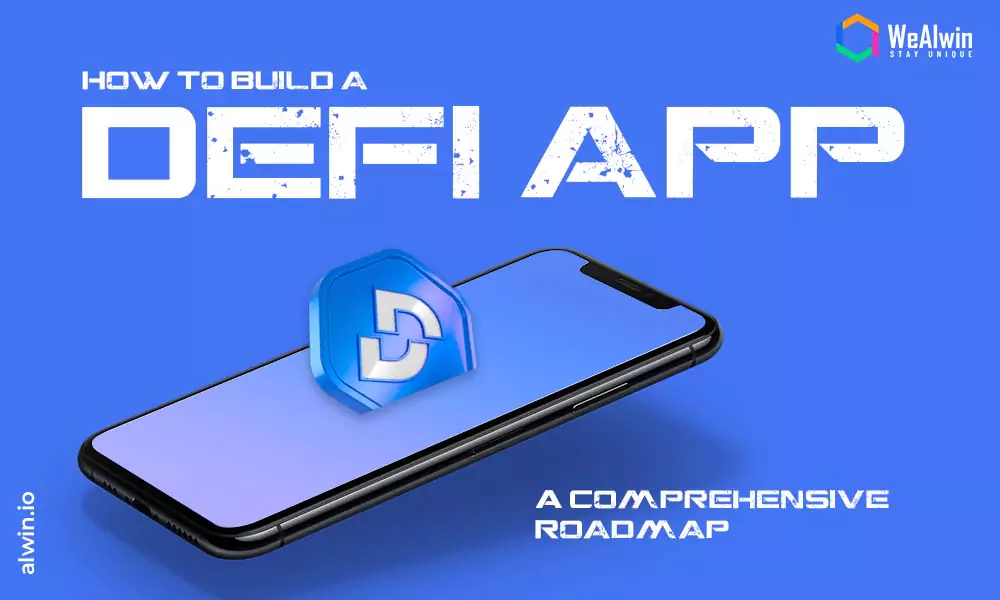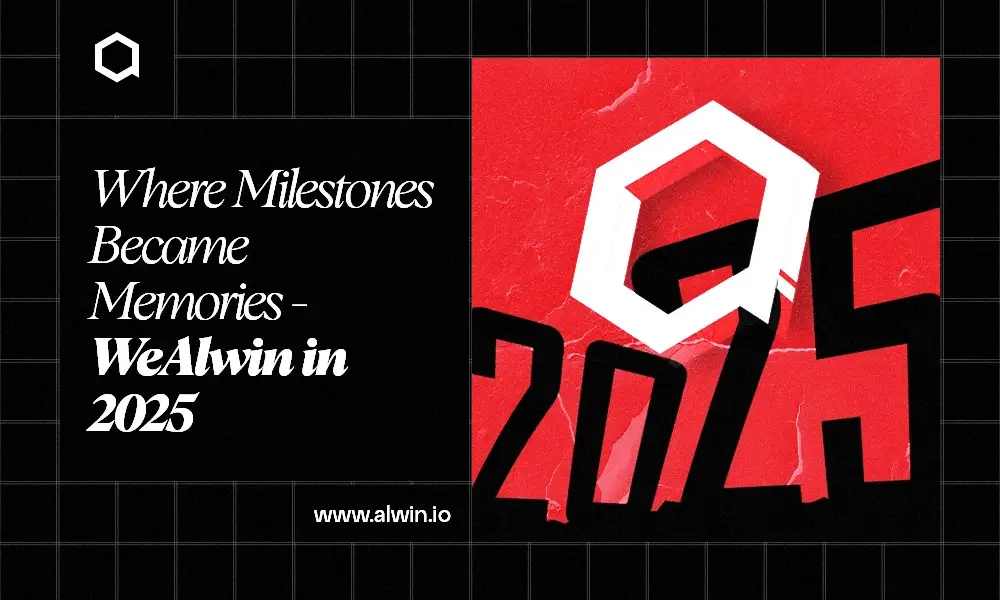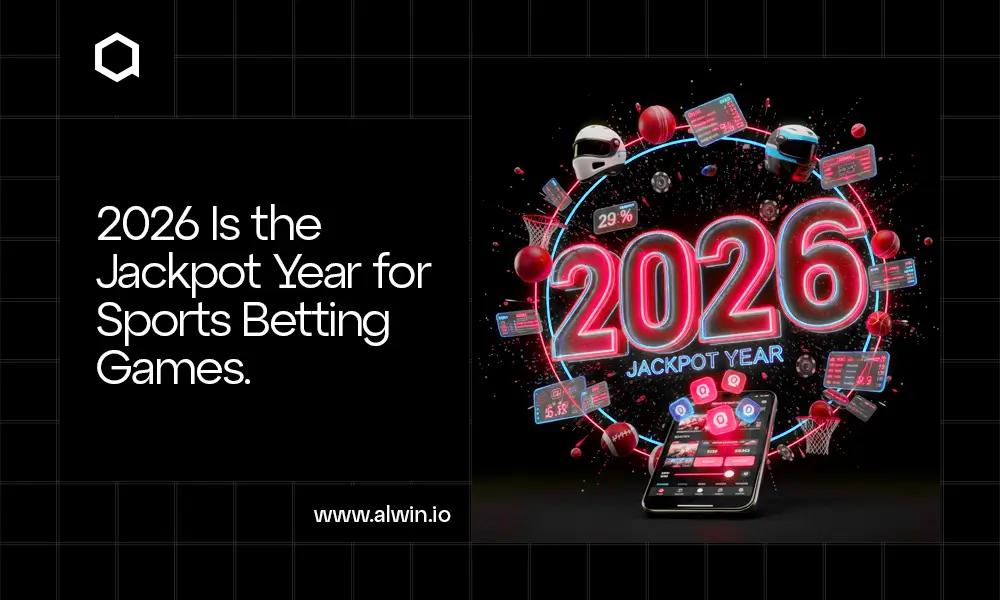Decentralized Finance (DeFi) is transforming the financial industry by offering decentralized alternatives to traditional financial services. DeFi apps are at the forefront of this revolution, providing various financial services without the need for intermediaries. This guide will walk you through the process of building a DeFi app, highlighting the benefits, features, types, development steps, tech stack, challenges, and costs involved.
What is a DeFi App?
A DeFi app, short for Decentralized Finance application, is a decentralized software platform that offers financial services using blockchain technology. Unlike traditional financial systems, DeFi apps operate on decentralized networks, leveraging smart contracts to automate and enforce agreements without intermediaries. These apps can provide various functions, including lending, borrowing, trading, and earning interest on crypto assets.
Benefits of Creating Your DeFi Apps
1. Decentralization:
DeFi apps operate on decentralized networks, removing the need for centralized control. This decentralization enhances security, reduces the risk of single points of failure, and empowers users with more control over their assets.
2. Programmability:
Smart contracts enable programmable transactions and financial operations. This allows for complex financial agreements and automation of processes, providing a high degree of flexibility and customization in financial services.
3. Interoperability:
Many DeFi apps are designed to work with multiple blockchain networks, enhancing their ability to interact with other platforms and services. This interoperability fosters a more integrated and seamless financial ecosystem.
4. Liquidity Provision:
DeFi apps often include mechanisms for liquidity provision, such as decentralized exchanges (DEXs) and liquidity pools. Users can provide liquidity and earn rewards, contributing to a more dynamic and liquid market.
5. NonCustodial Control:
DeFi apps typically operate in a non-custodial manner, meaning users retain full control over their assets. This eliminates the need to trust third party custodians and reduces the risk of loss due to centralized failures.
Features Included While Developing the DeFi App
1. Liquidity Pools:
Liquidity pools allow users to pool their assets together to provide liquidity for trading pairs. This is essential for decentralized exchanges and helps maintain market stability.
2. Automated Market Makers (AMM):
AMMs use algorithms to set the price of assets in liquidity pools. They enable continuous trading and eliminate the need for order books, making trading more efficient.
3. Yield Farming:
Yield farming allows users to earn rewards by providing liquidity to DeFi platforms. It's a popular feature that incentivizes users to participate in the ecosystem.
4. Staking:
Staking involves locking up assets in a DeFi platform to support its operations and earn rewards. This helps secure the network and provides users with a passive income stream.
5. Trading:
DeFi apps can offer decentralized trading services, allowing users to buy and sell cryptocurrencies without relying on centralized exchanges.
6. Flash Loans:
Flash loans are a unique feature in DeFi that allows users to borrow funds without collateral, as long as the loan is repaid within the same transaction.
7. Synthetic Assets:
Synthetic assets are digital representations of real-world assets. They allow users to gain exposure to traditional assets like stocks and commodities in a decentralized manner.
Types of DeFi Apps
1. Decentralized Exchanges (DEX):
DEXs allow users to trade cryptocurrencies directly with one another without intermediaries.
2. NFTs (Non-Fungible Tokens):
NFT platforms enable the creation, buying, and selling of unique digital assets, such as art and collectibles.
3. DeFi Banking:
DeFi banking apps offer traditional banking services, such as savings accounts and loans, in a decentralized manner.
4. Lending/Borrowing:
DeFi lending platforms allow users to lend their assets to others and earn interest, or borrow assets by providing collateral.
5. DeFi Crowdfunding Platforms:
These platforms enable decentralized fundraising for projects and startups.
6. DAOs (Decentralized Autonomous Organizations):
DAOs are organizations governed by smart contracts and community voting, allowing for decentralized decision-making.
7. Asset Tokenization:
Asset tokenization involves creating digital tokens that represent real-world assets, making them easier to trade and manage.
How To Create a DeFi App: Step-By-Step
Developing a DeFi app includes selecting architecture, and blockchain, developing smart contracts, and DeFi App, finally launching the app. Steps involved,
Step 1: Choose a DeFi Use Case
Step 2: Define the Architecture and Features of Your DeFi App
Step 3: Selecting the Right Blockchain Platform
Step 4: Designing Smart Contracts for DeFi
Step 5: The Creation of the User Interface (UI)
Step 6: Ensuring Security Measures
Step 7: Launching Your DeFi Application
Step 8: Upgrade and Iterate
Here’s a detailed guide to help you through each step
Step 1: Choose a DeFi Use Case
The first step is to identify the specific DeFi service you want to offer. Some common use cases include:
Decentralized Exchanges (DEXs) : Platforms for trading cryptocurrencies without intermediaries.
Lending and Borrowing: Allow users to lend their assets to earn interest or borrow against their crypto holdings.
Yield Farming and Staking: Enable users to earn rewards by providing liquidity or staking their assets.
Stablecoins: Cryptocurrencies pegged to a stable asset, like the US dollar, to provide a stable value.
Choosing a clear and compelling use case will guide the development process and help you target the right audience.
Step 2: Define the Architecture and Features of Your DeFi App
Once you’ve selected a use case, outline the technical architecture and key features of your app. Consider the following aspects:
User Management: How users will register, log in, and manage their accounts.
Transaction Processing: How transactions will be handled and recorded on the blockchain.
Smart Contract Integration: The specific smart contracts required for your app’s functionality.
User Interface (UI): The design and layout of your app’s front end.
Clearly defining these components will ensure a coherent and functional app design.
Step 3: Selecting the Right Blockchain Platform
The blockchain platform you choose will impact your app’s performance, security, and user experience. Popular options include:
Ethereum: The most widely used platform for DeFi apps, known for its robust smart contract capabilities and extensive developer community.
Binance Smart Chain (BSC): Offers lower transaction fees and faster processing times compared to Ethereum.
Solana: Known for its high scalability and low transaction costs, making it ideal for apps requiring high throughput.
Evaluate the strengths and limitations of each platform to determine the best fit for your project.
Step 4: Designing Smart Contracts for DeFi
Smart contracts are the backbone of any DeFi app, automating and enforcing transactions and agreements. Here’s how to design them:
Write in Solidity (for Ethereum) or Rust (for Solana): Use the appropriate programming language for your chosen blockchain.
Ensure Security: Conduct thorough testing and security audits to identify and fix vulnerabilities.
Optimize Gas Costs: Efficient coding can reduce the cost of executing smart contracts on the blockchain.
Creating robust and secure smart contracts is crucial for the integrity and reliability of your DeFi app.
Step 5: The Creation of the User Interface (UI)
A user-friendly interface is essential for attracting and retaining users. Consider the following when designing your UI:
Intuitive Design: Ensure the app is easy to navigate, with clear instructions and accessible features.
Responsive Layout: Design the UI to work seamlessly on various devices, including desktops and mobile phones.
Real-Time Data Display: Integrate features that provide real-time updates on prices, transactions, and other critical information.
An engaging and efficient UI will enhance user satisfaction and engagement.
Step 6: Ensuring Security Measures
Security is paramount in DeFi, where financial assets are at stake. Implement the following security measures:
Conduct Security Audits: Regularly audit your smart contracts and overall system for vulnerabilities.
Two-Factor Authentication (2FA): Add an extra layer of security for user accounts.
Data Encryption: Ensure all sensitive data is encrypted both in transit and at rest.
Robust security protocols will help protect your app from potential threats and build user trust.
Step 7: Launching Your DeFi Application
Once development and testing are complete, you’re ready to launch your app. Follow these steps:
Deploy Smart Contracts: Launch your smart contracts on the chosen blockchain network.
Beta Testing: Conduct a beta test with a small group of users to identify and fix any issues before a full-scale launch.
Marketing and Promotion: Develop a marketing strategy to attract users and create awareness about your DeFi app.
A successful launch involves careful planning, testing, and promotion.
Step 8: Upgrade and Iterate
Post-launch, continuously monitor and improve your app based on user feedback and performance data. Key activities include:
User Feedback: Regularly gather and analyze feedback to identify areas for improvement.
Feature Updates: Roll out new features and improvements to keep your app competitive and relevant.
Performance Optimization: Continuously optimize the app for better performance and scalability.
Iterative updates and improvements will help your app adapt to changing market needs and user expectations.
Tech Stack for Building DeFi Applications
1. Hardhat and Truffle:
These are essential tools for developing, testing, and deploying smart contracts. They offer features for managing the development lifecycle and debugging.
2. Web3.js and Ethers.js:
These JavaScript libraries are used to interact with the Ethereum blockchain. They enable communication between your app’s frontend and smart contracts.
3. Ethereum:
Ethereum is the most widely used blockchain for DeFi applications, offering robust support for smart contracts and a large ecosystem of tools and resources.
4. Solana:
Solana provides high scalability and low transaction fees, making it a suitable choice for DeFi apps that require fast and cost-effective operations.
Challenges in Building DeFi Applications
1. Data Sources and Reliability:
Integrating reliable data sources for financial metrics and market data is crucial. Ensuring data accuracy and timeliness can be challenging.
2. The Role and Risks of APIs:
DeFi apps often rely on APIs for data and functionality. Managing API reliability and security is essential to avoid disruptions.
3. Achieving Scalability and Performance:
DeFi apps need to handle high transaction volumes and user loads. Optimizing performance and scalability is key to providing a smooth user experience.
4. Crafting a User-Friendly Experience:
Ensuring a user-friendly interface that simplifies complex financial operations is critical for user adoption and satisfaction.
5. Integrating with Existing Ecosystems:
DeFi apps must integrate with existing DeFi protocols and services. Compatibility and seamless integration enhance the app’s functionality and user experience.
6. Establishing a Clear Value Proposition:
Clearly defining and communicating the unique benefits of your DeFi app helps attract users and differentiate it from competitors.
7. Managing Cost Implications:
Developing a DeFi app involves significant costs, including smart contract development, security audits, and ongoing maintenance.
How Much Does It Cost to Develop a DeFi App?
The cost of building a DeFi app typically ranges from $120,000 to $155,000 which range depends on various factors and features included. It includes the complexity of the app, the need for automated tests, and the level of security required. Additional costs may include marketing, ongoing maintenance, and feature upgrades.
Conclusion
Creating a DeFi app is a complex but rewarding endeavor that can significantly impact the financial sector. By understanding the benefits, following the development steps, leveraging the right tech stack, and addressing potential challenges, you can build a successful DeFi application. As the DeFi landscape continues to evolve, staying informed and adaptable will be key to your app’s success and longevity.
In conclusion, partnering with a DeFi development company can significantly streamline and leverage their expertise, resources, and cutting-edge technologies, you can focus on your core business while ensuring your DeFi project meets industry standards and user expectations. So choosing the right development partner is a critical step towards achieving success in the rapidly evolving DeFi landscape.



